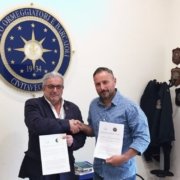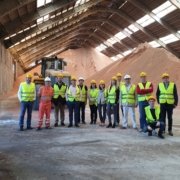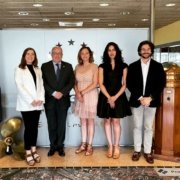
Source: un.org
An ever-changing world
It is the time when autumn arrives at the northern hemisphere, and with it a new edition of our cherished Odiseo. The edition which will feature aspects of sustainability which arose spontaneously. When we reviewed the topics we wanted to deal with, we realised that almost all of them were facing the same direction.
It coincides with the timing of Greta Thunberg’s trip to New York, following an invitation from the United Nations to participate in a climate summit at the United Nations. On her arrival, a fleet of 17 UN boats (one for each of the Sustainable Development Goals) received her in New York waters to accompany her on the last leg of her journey.
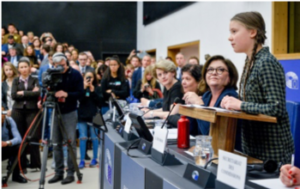
Source: europa.eu
It seems incredible how this young Swede, at only 16 years of age, is succeeding in mobilising an enormous number of people among whom are many of the world’s most important politicians. For those of you who want to get to know her better, I recommend viewing her speech in the European Parliament last April. Her message touches the heart and moves to action. She made an impassioned plea for the planet urging MEPs to “start panicking about climate change” rather than “waste time arguing about Brexit.”
The world’s great powerhouses are beginning to worry about much of what is happening. The United Nations is a frontrunner in particular, following its magnificent awareness campaign of the eight Millennium Development Goals (MDGs) published in 2000: halving extreme poverty rates, universal primary education, gender equality and empowerment of women, reducing child mortality, improving maternal health, halting the spread of HIV/AIDS and malaria, environmental sustainability and a global partnership for development, all by a 2015 deadline. Which, incredibly, was met!
Today we are presented with the Sustainable Development Goals, a plan to achieve a better and more sustainable future for all. These address the global challenges we f ace, including those related to poverty, inequality, climate change, environmental degradation, prosperity, peace and justice. The Goals are interlinked and, if we are not to leave anyone behind, it is important that we attain each Goal by 2030.
ace, including those related to poverty, inequality, climate change, environmental degradation, prosperity, peace and justice. The Goals are interlinked and, if we are not to leave anyone behind, it is important that we attain each Goal by 2030.
Some may consider it more of a marketing campaign than a Real Action Programme, but I sincerely believe that today we are what we know and what we need to be, so let us celebrate the use of marketing as a lever of change. I know that the world is better today than 15 years ago and even more so than 30 years ago. We must continue to set goals, even if they seem utopian, to keep us moving forward. It is as Eduardo Galeano said: “Utopia is on the horizon. I walk two steps, she moves two steps away and the horizon runs ten steps further. So what is Utopia for? For that; it is good for walking.”
Today Utopia can simply stand for complying with the SDG’s. This includes everyone’s involvement, starting with each one at an individual level and moving through the projects we work on and the politicians and policies we vote on.
The implications for the port sector

Institutions such as the Port Authority of Barcelona are taking a new look at how to act in light of these objectives. In the port’s latest reports on Corporate Social Responsibility, and in other management reports, the SDG related to the activities carried out are highlighted. I can assure you that they are changing the way we look at the work to be done and that we are becoming increasingly more aware of the impact of our decisions and actions on the achievement of objectives. There is an important movement, which we will introduce in more detail later, that seeks to transform the ports into SMART PORTS. We will be able to see this better at the Smart City Expo Congress that will be held from 19 to 21 November in Barcelona and which for the first time will have a space dedicated to ports. The ports of Barcelona, Antwerp, Rotterdam, Los Angeles and Montreal will come together to lead a global movement for improvement in the port area.
The implication for operators
We can see that sustainability in the transport sector has become one of the fundamental elements on a daily basis. Companies highlight the social impact of their activities, both in terms of external costs and polluting emissions.
 Grimaldi presents vessels that contaminate less during port stays, and has begun associating itself with the Clean Shipping Alliance 2020 (CSA 2020). CSA 2020 defines itself as a group of leading companies from the commercial shipping and cruise industries that have been leaders in emission control efforts and have made significant investments in research and analysis, funding and committing resources to comply with 2020 fuel requirements through the development and use of Exhaust Gas Cleaning Systems (EGCS).
Grimaldi presents vessels that contaminate less during port stays, and has begun associating itself with the Clean Shipping Alliance 2020 (CSA 2020). CSA 2020 defines itself as a group of leading companies from the commercial shipping and cruise industries that have been leaders in emission control efforts and have made significant investments in research and analysis, funding and committing resources to comply with 2020 fuel requirements through the development and use of Exhaust Gas Cleaning Systems (EGCS).

Shipping companies, port terminals, and land transport operators (both rail and road) are changing the way they conduct their operations. It seems clear that the European Commission’s principle that the polluter pays and the user pays will eventually be imposed not only at a European but possibly at international level as well.
How can we implicate ourselves?
 Aristotle considered that attaining the fullness of the expression of human capabilities is the meaning and end of every individual.
Aristotle considered that attaining the fullness of the expression of human capabilities is the meaning and end of every individual.
Therefore, let me raise this virtue, the SDGs, as a collective objective, as a new project. A project you can work on.
The eight objectives for human development in 2000 positioned people in the epicentre of development. They focused on potential development, about increasing possibilities and enjoying the freedom to live life.
Human development is the acquisition of the capacity to participate effectively in the construction of a prosperous society in both a material and spiritual sense; it is an integral part of the individual attaining a deeper knowledge of himself – externally and (perhaps more so) internally, more intimately within him- or herself.
The objectives have to reorient the way in which we understand life and society.
I believe in a humanism in which the construction of collective solutions involves individual action. The construction of global solution passes through the construction of oneself, and the routine day-to-day work paves the way for the progress of humanity and a better world for all.
I would like to highlight a few of the objectives.
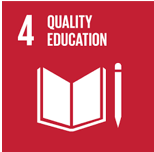 Quality education understood as a duty for life. Our education and that of those who at some point depend on us: children, employees, relatives. Let us value having been born into a society that has provided us with access to exceptional education.
Quality education understood as a duty for life. Our education and that of those who at some point depend on us: children, employees, relatives. Let us value having been born into a society that has provided us with access to exceptional education.
 Gender equality is not only a fundamental human right, but the necessary foundation for a peaceful, prosperous and sustainable world. A society, organization or person who does not understand that we all have the same rights and obligations is ill. If you have to hire, pay, distribute and organize the work always seek this equality.
Gender equality is not only a fundamental human right, but the necessary foundation for a peaceful, prosperous and sustainable world. A society, organization or person who does not understand that we all have the same rights and obligations is ill. If you have to hire, pay, distribute and organize the work always seek this equality.
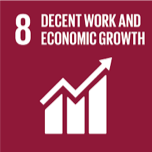
Decent work and economic growth: I don’t like using the word growth when referring to the economy. In my opinion, the challenge is to create employment without growing. On the surface it may seem like a paradox, but it is a different way of looking at things.
To end let me go back to the classics. Firstly, the concept of virtue that Aristotle left in his books on ethics, dedicated to his son Nicomacheus:
“Since, then, the present inquiry does not aim at theoretical knowledge like the others (for we are inquiring not in order to know what arete, virtue, is, but in order to become good, since otherwise our inquiry would have been of no use), we must examine the nature of actions.” (Aristotle, Nicomachean Ethics, II, 2).
Vicenç Molina, a friend and mentor and what today would be called an influencer, brought it closer to our daily reality:
“Let us start, therefore, with the practice: working practically.
With the values raised, with the commitment achieved.
With constructive impetus. Poetically, without surprises or shrieks because, at its root, poetry is construction.
So, we do not have to be cut off… Or naive, but natural, real, feasible, civic…”
It is a wonderful reflection that should help us face our citizenry with love to the things that, in the end, will be important.
Each of us should be part of this project. All of us have values that we can bring to the surface, something which we can achieve by struggling to build ourselves. With creativity, with dialogue and cooperation, with self-determination, with work and effort, with commitment to people, and with knowledge and wisdom.
Let us all be accomplices in this great challenge, and may the road ahead present us with luck and happiness throughout the coming Millenia. I hope you will enjoy the articles in this Odiseo as much as I have.
Regards
Eduard Rodés
Director
Escola Europea
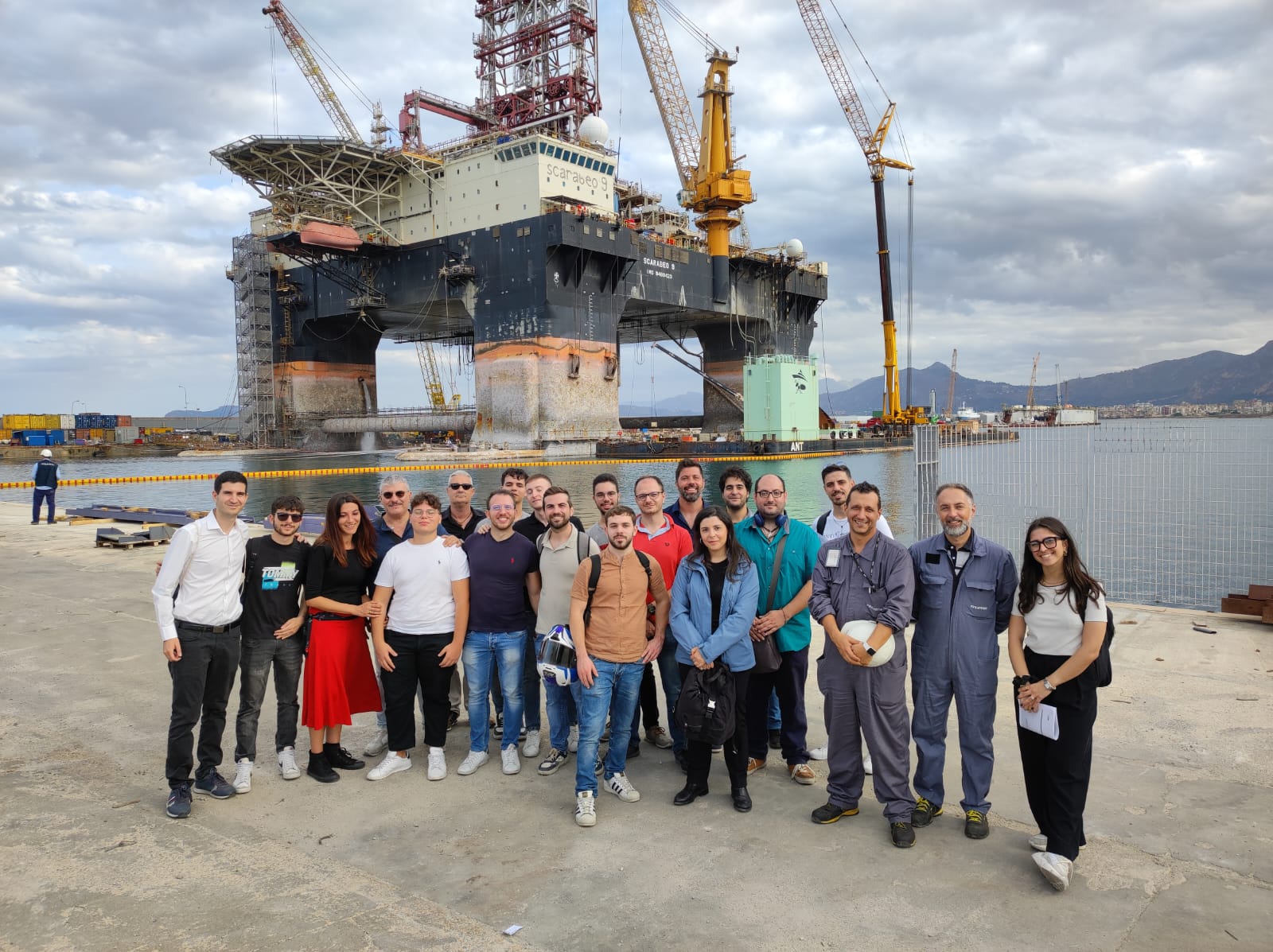
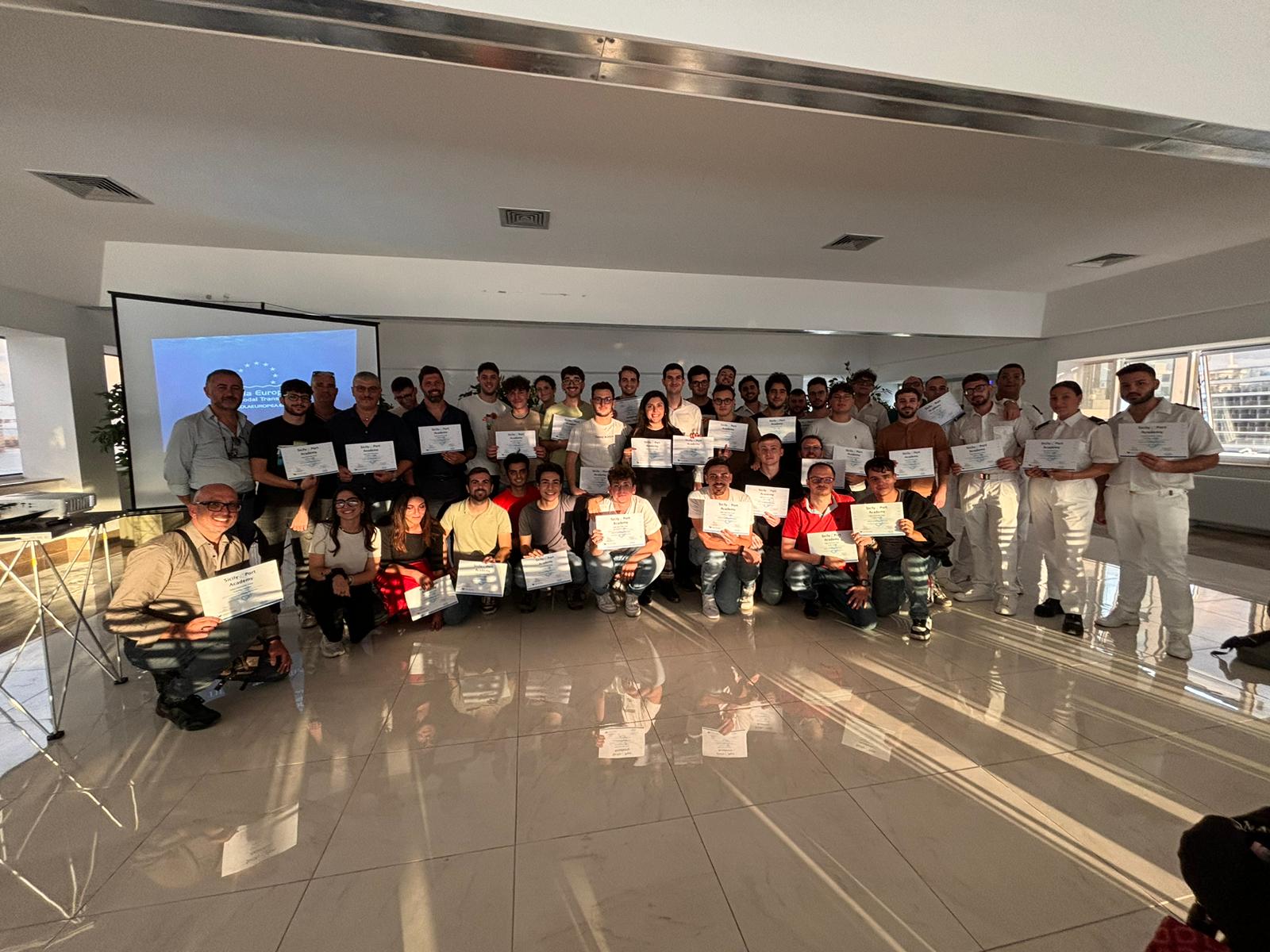

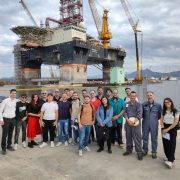
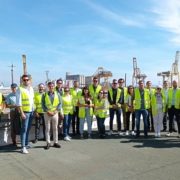
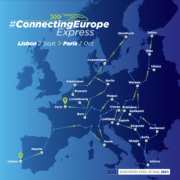


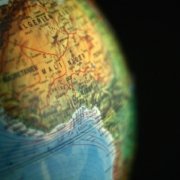
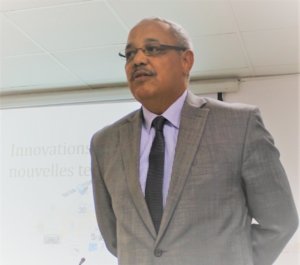
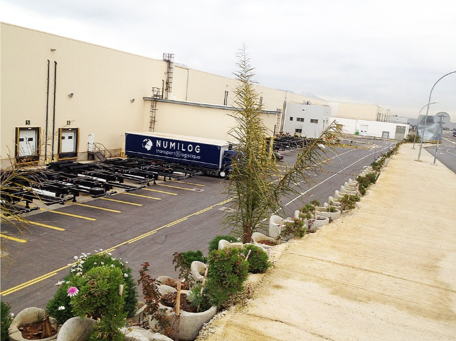
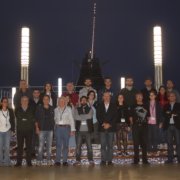



 ace, including those related to poverty, inequality, climate change, environmental degradation, prosperity, peace and justice. The Goals are interlinked and, if we are not to leave anyone behind, it is important that we attain each Goal by 2030.
ace, including those related to poverty, inequality, climate change, environmental degradation, prosperity, peace and justice. The Goals are interlinked and, if we are not to leave anyone behind, it is important that we attain each Goal by 2030.
 Grimaldi presents vessels that contaminate less during port stays, and has begun associating itself with the Clean Shipping Alliance 2020 (CSA 2020). CSA 2020 defines itself as a group of leading companies from the commercial shipping and cruise industries that have been leaders in emission control efforts and have made significant investments in research and analysis, funding and committing resources to comply with 2020 fuel requirements through the development and use of Exhaust Gas Cleaning Systems (EGCS).
Grimaldi presents vessels that contaminate less during port stays, and has begun associating itself with the Clean Shipping Alliance 2020 (CSA 2020). CSA 2020 defines itself as a group of leading companies from the commercial shipping and cruise industries that have been leaders in emission control efforts and have made significant investments in research and analysis, funding and committing resources to comply with 2020 fuel requirements through the development and use of Exhaust Gas Cleaning Systems (EGCS).
 Aristotle considered that attaining the fullness of the expression of human capabilities is the meaning and end of every individual.
Aristotle considered that attaining the fullness of the expression of human capabilities is the meaning and end of every individual. Quality education understood as a duty for life. Our education and that of those who at some point depend on us: children, employees, relatives. Let us value having been born into a society that has provided us with access to exceptional education.
Quality education understood as a duty for life. Our education and that of those who at some point depend on us: children, employees, relatives. Let us value having been born into a society that has provided us with access to exceptional education. Gender equality is not only a fundamental human right, but the necessary foundation for a peaceful, prosperous and sustainable world. A society, organization or person who does not understand that we all have the same rights and obligations is ill. If you have to hire, pay, distribute and organize the work always seek this equality.
Gender equality is not only a fundamental human right, but the necessary foundation for a peaceful, prosperous and sustainable world. A society, organization or person who does not understand that we all have the same rights and obligations is ill. If you have to hire, pay, distribute and organize the work always seek this equality.
